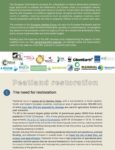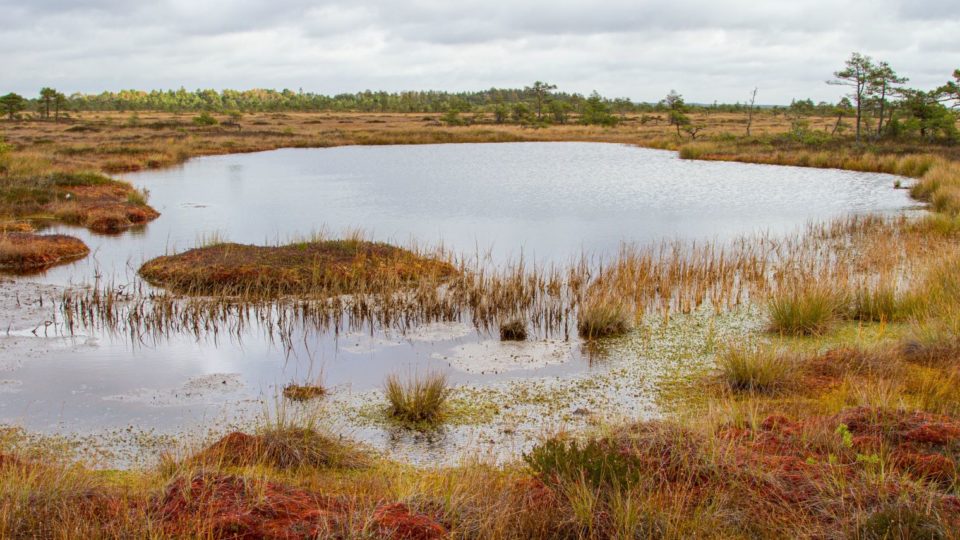On 22 June 2022, the European Commission presented its long-awaited proposal for a law to restore Europe’s degraded ecosystems, habitats and species. The draft law, though a positive development for European environment policy, including on peatlands, has room for improvement. This factsheet, backed by the European Habitats Forum, a coalition of more than 20 conservation organisations, provides an overview of some of the facts and figures related to peatlands in Europe and how to make the draft EU Nature Restoration Law work better for these valuable ecosystems.
Peatlands occur in almost all EU member states, although are concentrated mostly in North-western, Nordic and Eastern European countries. More than 50% are degraded by drainage and used for agriculture, forestry and peat extraction. This is associated with a series of ecological problems, including declining biodiversity, soil subsidence, higher risk of peat fires, salt intrusion in coastal areas and greater risk of disasters such as flooding. Furthermore, the degradation of peatlands releases huge quantities of carbon into the atmosphere, contributing to climate change. The EU is the second largest global emitter of greenhouse gases (GHG) from drained peatlands (230 Mt CO2eq/year = 15% of total global peatland emissions).
Therefore, the restoration of peatlands, and other associated ecosystems such as bogs, mires and moors, holds great potential. Rewetting these ecosystems can help to avoid these ecological problems and contribute to setting Europe on course to meeting the aims of the Paris Agreement on climate change.
The factsheet describes the current state of the European Commission’s proposal on the nature restoration law (specifically article 9.4) and some of the areas for improvement, including the importance of rewetting as a restoration measure and the avoidance of loopholes favouring EU countries draining peatlands for forestry and peat extraction.
It ends with a series of recommendations aimed at tightening the proposal and making it work better for Europe’s peatlands:
a) Rewetting is a prerequisite for peatland restoration. The separate rewetting target
should be deleted and full rewetting should be a condition for all peatland restoration;
b) The scope of the target is expanded to all non-residential land uses on drained
peatlands. Restoring drained peatlands is crucial for biodiversity and climate, regardless
of the type of use;
c) The proposed target percentages are increased significantly. A higher ambition for
drained peatland targets is needed for consistency across policies and to prevent drained
peatland from remaining a huge source of carbon losses in the AFOLU (agriculture, forestry
and land use) sector;
d) A mandatory monitoring of peatlands restoration is set in Article 17 to monitor the
long-term biodiversity and climate benefits of the restoration measures.
This factsheet was produced for the European Habitats Forum by Wetlands International Europe member the Greifswald Mire Centre / Michael Succow Foundation, Wetlands International Europe and International Mire Conservation Group.

EHF Factsheet on Peatlands in the EU Nature Restoration Law
download
